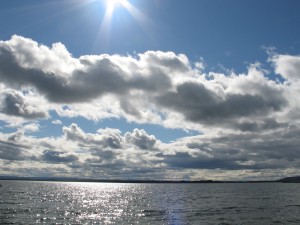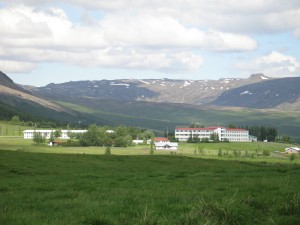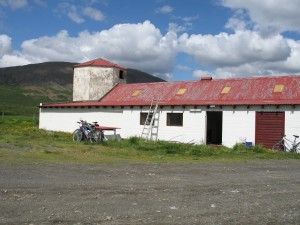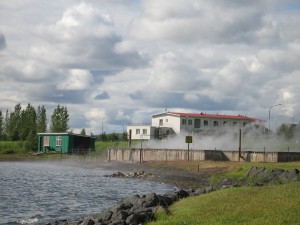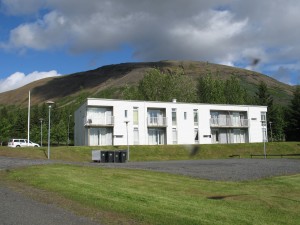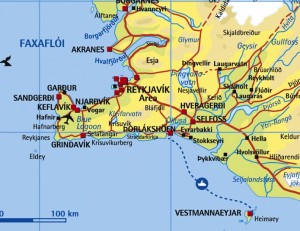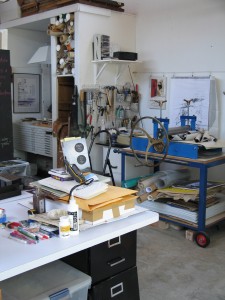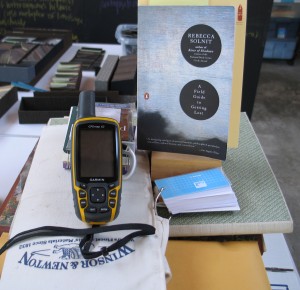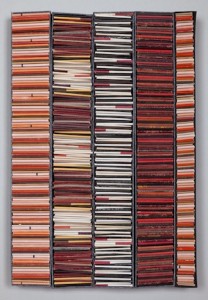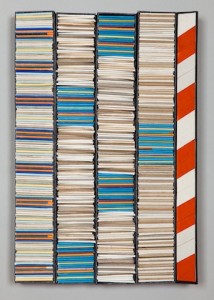Landed
An Icelandic Language Lesson
Laugarvatn, hver, apamensskubragur, Natturulaekningafelags, Nupsstadarskógar, lygirimur, malfræði, æfingar, Hvitarvatn, skaldagemlur, gjola, hrassviðri, hnukapeyr, Eyvindartunga, hvasst, padsujoar, hlytt, hlyr, hnjukur, höfði, hraun, farviðri, andvari, heidskir, Bardarlaug, Snæfellsjökull, læknir, logfræthingur, kjuklingur, hunangsflugan, þingvallavatn......... I could go on. Yes, overwhelmed with odd combinations of letters from an English speaker perspective, letter combinations like: "hv", "hn", "gj", "tn", "hl", "hnj", "gja", "jao", "hr"
Found a way to start connecting to the Icelandic language by looking and writing their place names. I was advised before I left that their place names often give clues to the landscape of the place. For example, "vatn" of Laugarvatn means "lake" and Laugarvatn is located on a lake. "Vik" of Reykjavik means "bay" on which it is situated. "Foss" of Selfoss means waterfall and "jökull" of Skálafellsjökull means glacier. A start, anyway.
While I looked and recorded more Icelandic place names, Liz had another approach! Check out this utube site: Learning Icelandic Pronunciation
Walking my GPS and Marking Territory
I have arrived. Iceland feels like New Zealand, another island with volcanoes, changeable weather, expansive landscape and skies. I am living in a small resort town called Laugarvatn, which means "bathing lake". No soaking experiences yet but plan to visit a hot springs soon! I have settled into an apartment in town, sharing facilities with Elizabeth Sher, an artist from Berkeley, Ca. We have a view of the lake and Mt. Hekla, an active volcano with its last eruption in Feb of 2000. Apparently there have been signs that it is close to a new eruption. My studio is located at the Eyvindartunga farm, about a mile away. We walk there daily. Yesterday, I began my tracking project. Before I left Ca, I purchased a Garmin GPSmap 62, thinking that this might be a way to incorporate walking into my artistic practice. Yesterday, I tracked my first walk, documenting a tour around Laugarvatn, between the town and Eyvindartunga farm and then around the farm. I plan to continue tracking my walks, collecting their shapes for my artwork. Must wait to see how they will be used? And I still have some figuring out to do. Thought we were residing in the southwest part of Iceland but gps is locating me in the northeast. Notice the pink dot on map. Where am I?
Off to Iceland
I leave on June 19th for the Gullkistan artist residency in Iceland. Lots to do as I collect supplies, make piles and muse on possibilities for work while there. The residency is located in Laugarvatn, a small school village 90 km east of Reykjavik. It is an agricultural area, close to some of the most popular tourist sites of Iceland and close to the highlands. The village of Laugarvatn has 250 inhabitants, one childrens' school, kindergarten, high school, and the department of athletic pedagogics of the University of Iceland. I've been told that there is one outdoor swimming pool and a good sports facilities inside and outside. There is a grocery shop, Lindin restaurant and summer hotels in the schools. The closest town is Selfoss, 45 km south of Laugarvatn. Around Laugarvatn, there are farms and many summerhouses.
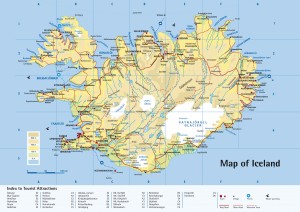
Check in periodically, as I will use this blog to record my experiences there.
Cuts and Cuts
The Cover Cuts series reflect an interest in the changing role of the book as digital delivery systems become the dominant mode of transmitting knowledge and information. I construct primarily with old book covers; and occasionally, like the wind, other materials enter the work. I translate these remains into constructions using the process of "cutting" as a way to reference the changing role of the traditional book structure. More iterations can be seen on my website.
Lines Left Out
I recently revisited "Lines Left Out", an installation that I made four years ago for the Big
Read Project of Sonoma County. I was invited to create an installation in response to the
selected book, Ray Bradbury's Fahrenheit 451. A friend's book group recently read the
book and invited me to talk about what I had done.
An opportunity to revisit, review and possibly rethink the project and how it is still
influencing my current work. At the time I found it ironic that themes of the book that
interested me most, were issues that I needed to address in the making of the installation.
Issues such as: What gets seen? What gets cut? Who decides? How that process happens?
How pace can affect what gets seen, remembered and forgotten.
I received the invitation in July of '07 and installed it in early October, only three months to
create and install it. The Library Gallery at Sonoma State is a large space and I work slowly.
Could I do this? Given my interest in the changing role of books and screens of technology,
I had already started this work without knowing. I inventoried what I had: book covers &
parts, organza silk, silk-screened American target silhouettes, prints, a salvaged structure,
bamboo, and 4 x 4 blocks.
My challenge was to put them together in a form that spoke to the feeling and space of
Fahrenheit 451. Bradbury's themes from 1953 are still relevant today. Magritte and the
silhouette, surrealism, photography, walls, mirrors, memory & memorials, and the dandelion
came to mind. I "burned to keep a focus!" to the rhythms of Bradbury's words: "Quick. Click, Pic,
Look, Eye, Now, Flick, Here, There, Swift, Pace, Up, Down, In, Out, Why, How, Who, What,
Where, Eh?" Cut, Cut, Cut. A process; cutting became a way to reflect on a theme of the book.
After deinstalling, I made Lines Left Out, an iphoto book that records a poetic response to my
installation experience, using landscape, artwork, book parts, and images of the art
installation. The visual poem was inspired by Paul Klee's concept of drawing, "taking the line
for a walk", the words of New Zealand artist, Hadwen, as he described landscape as "the place
where everything we see, know, and imagine exists...a field punctuated by natural and
introduced landmarks that exist not only in the physical sense, but as signifiers of our
mental, psychological and spiritual world.", and Dorothy Richardson (Pilgrimage), turn of the
20th century author committed to wandering in territory of the tangential with the belief that
"nothing is a side issue".
I showed this iphoto book as a slide show to the book group. And upon reflection, I realize
how this work was a beginning and has since stimulated the iterations, "Cuttings" and
"Long Look". I am soon to travel to Iceland for an artist residency this summer. My
head is churning in anticipation for the next iteration.
Considerations when Making
Artifacts:
I am attracted to the worn and weathered. So when I find an object with markings of use, I often pick it up and take it home. My studio is filled with these artifacts, and each one once had a life of its own. I love to look closely at their markings and patterns which often offer clues to a life of a particular action or way. In this sense an artifact is a manifestation of a process shaped by it own history.
Artifacts often enter into my work. For the last few years, I have collected old hard covered books. My studio is filled with piles of their extracted covers, often arranged by color.
Recently I have revisited an old favorite, some rusty bedsprings that I discovered years ago in our barn. I incorporated them in an installation at SMOVA (the former Sonoma Museum of Visual Art) back in the year 2000. The space in which I installed the piece was a hallway with doors and rather than fight what was there, named the installation "oR x do x Or".
When I took it down, I installed it on my property, next to a spring which was our water source. There the installation weathered with the wind, rain and sun, and finally fell apart. Three years ago, I moved to higher ground in Sebastopol and took the rusty bedsprings with me. Recently, they have become a focus for new work (a story for another time).
Artifacts are a source material that begin a process. When one enters my studio, I look at it. I can't recall who said "the thing seen is the thing seen" but this phrase, every time I read it, has a way of stopping me and reminds me to spend some time to look and contemplate what is before me. What is its "thingness"? What is its shape? How was it made? What is its condition? What did it go through before it arrived here? How can its history inform my process of working? And finally how can this object of the past move me to the present and forward to the future? No answers, just passing thoughts. And somehow these thoughts engage me to begin a process of working.
Back to the Bedsprings:
A rectilinear grid with coils protruding from its base and like an artifact, is also a source.
"Bed" from the root, "bhedh" means to dig. "Springs" from "spergh" means to move, hasten, leap; it also means to sprinkle and scatter. Not only does this artifact define itself; it also offers a clue. "Dig to move". Look to a source for a direction or way. So where does one look?
"Bed" is a charged word full of associations: sleep, rest, dreams, relationships, birth, death, desires, geology, gardening, base of a body of water, foundation, support, a press.
"Springs" too, has many associations: water, action, shift, release, emerge, season, wires and coils.
And with rust describing them, other associations arise: memory, ancestry, passing time, aging, a museum, an era, an atmosphere and environment.
Many associations suggest many possibilities. Does it matter where or how I begin? Probably not. No matter where I start, I hope to release the object from its charge of associations. And with it will come a renewal, I hope.
In Material: E-book
In Material: E-Book
The last few shows that I have posted have come about due to work that I created for the In Material exhibit at Quicksilver Mine Co in Forestville, California last year. The exhibit featured my work and the work of two other artists, Susan Field and Elizabeth Sher. We explored materiality through various materials and mediums including stones, book remnants, digital technology and algae. The e-book documents the exhibit. Take a look.
You can also find a review of this exhibit on the blog of Satri Pencak, an independent curator in Sonoma County.
In Material blurb book
The LINE: National Juried Printmaking Exhibition
The LINE: National Juried Printmaking Exhibition November 4th - December 1, 2011
Juror: John Risseeuw, Professor at Arizona State University
Prescott College Art Gallery at Sam Hill Warehouse
232 N. Granite St. Prescott, Arizona 86301 928-2341
Hours: Tuesday - Saturday 11 - 3
I was pleased to have these three pieces selected for this exhibit:

Statement:
A line leaves a memory. Whether you find
one in a drawing, a book, or on a map, each
tell a story of an energy, a movement
in a time and space that elicits
traces of feeling and thought.
I place drawn and printed lines in a context
using materials that elicit multiple associations.
Like old and used books, vessels
of knowledge and information. Artifacts today
as many are discarded and replaced with digital
delivery systems like the internet and e-books.
And like the weather maps of New Zealand
that reveal mutable patterns of highs and lows. Fleeting
winds that shaped a landscape and people of a region.
Unpredictable like the appearance of algae.
Conditions were ripe.
Algae that I found floating on the surface of a river in Northern California.
A felt field of matted and knotted threads.
A pad of mottled greens used as material for my work.
I culled sheets of it to dry and printed wind maps on its surface.
I hope that the artwork evokes these feelings of change through
the materials and the language of line.


